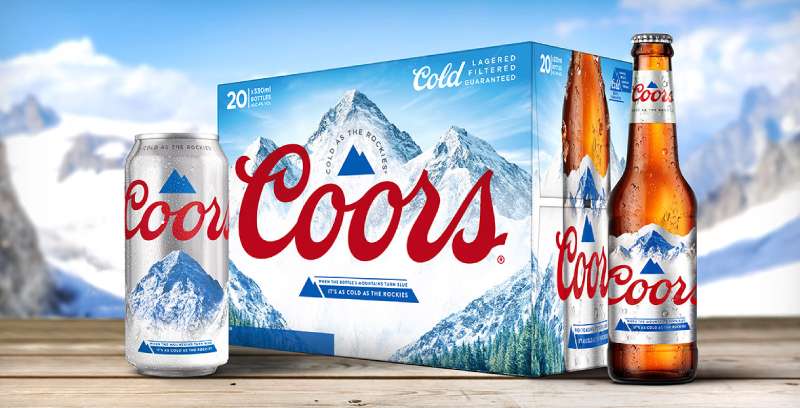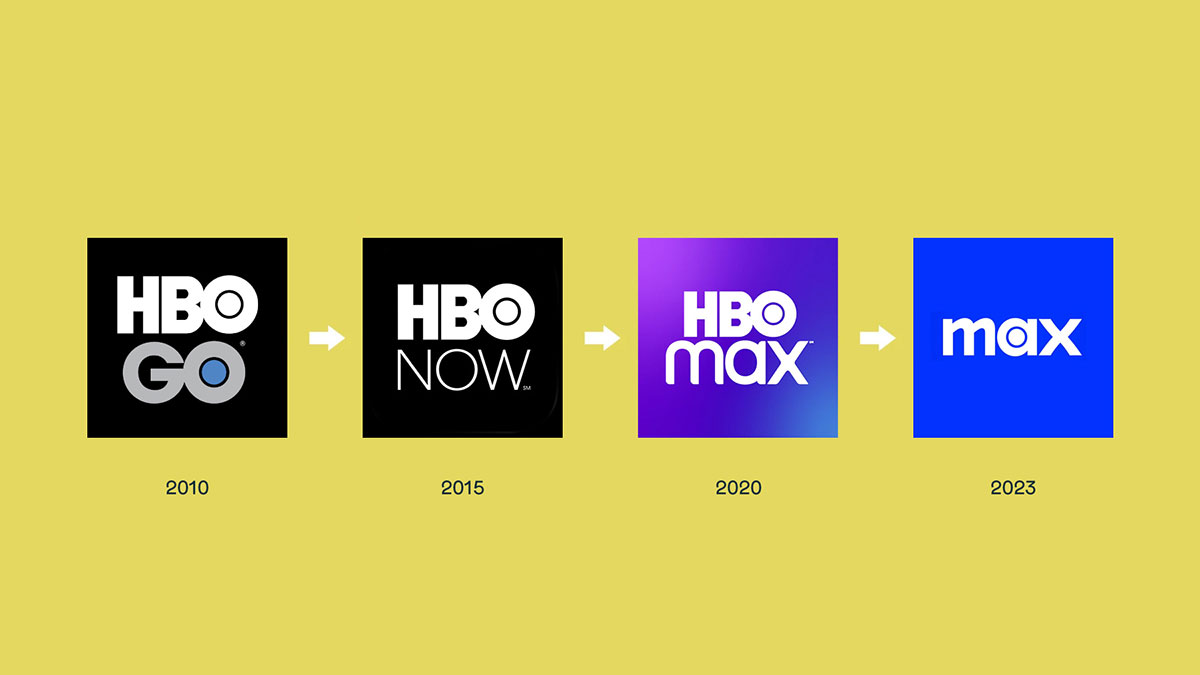Lessons To Learn from Notable Rebranding Failures
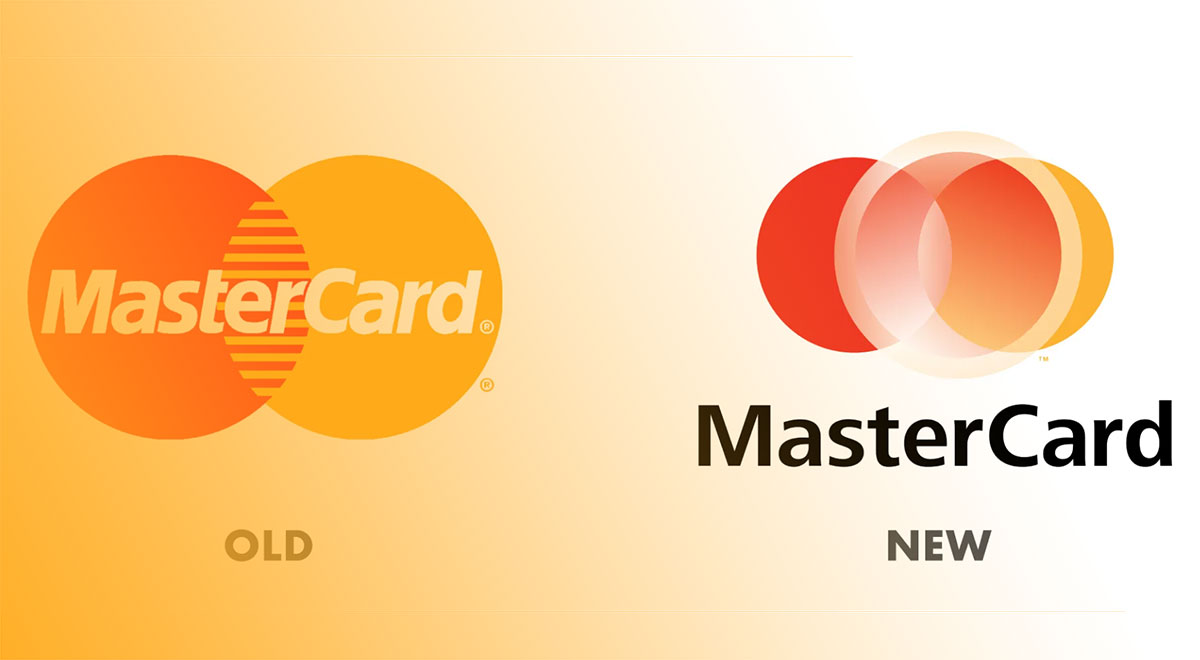
Ever embarked on a rebrand and watched it skid off the tracks? Rebranding failures—an epic saga no brand ever wishes to star in. The stakes? Towering.
The audience? Critically unforgiving. Eyes lock onto a revamped logo, ready to dissect with surgical precision; a slip here, a mismatch there, and the market’s unforgiving tide turns.
In this unfurling narrative, we plunge into the depths of branding blunders that should’ve soared. Think of Tropicana’s vanished zest or Gap’s vanishing gap—a toast to those who aimed for stars and crashed back to the drawing board.
It isn’t about logos alone; these tales are stitched with botched marketing strategies, outdated visual identity quirks, and the underrated art of alienating loyal consumers.
Wander through this cautionary canvas, and by the end, you’ll emerge—wiser, vigilant, perhaps clenching a foolproof blueprint.
The chronicles of brand differentiation challenges and market perception shift failure map out what not to ink into your brand’s legacy. Dive in, for these are the lessons you can’t afford to overlook.
Understanding Rebranding Failures: Case Studies
Radio Shack: The Disconnect from Heritage
The vibe was to stay current, to evolve. Remember when Radio Shack tried to scoot over and make room for a younger audience?
They switched up the name, aimed for a fresh kick, and out popped “The Shack.” Not a bad play, right? But heritage has gravity, and their clientele felt that slipstream of disconnect.
Customers? They had a history with Radio Shack, a trusty harbinger of all things electronic.
Markets? They blinked, perplexed, as shares took their signal from the raised eyebrows and nosedived.
The takeaway wasn’t just a lesson, it was a narrative penned in lost dollars and shaken heads. The essence of a brand? It’s sacred. Disturb that at your peril.
Tropicana: Packaging Redesign Backlash

Bright-eyed, bushy-tailed, Tropicana unveiled the new look. A change is good, or so they thought. The idea was sleek, subtracting imagery, adding simplicity.
But the public? They didn’t just frown; they roared. That carton wasn’t just packaging; it was a morning ritual.
Sales dipped as if repelled by the new design, echoing the shock waves of brand confusion. From this branding mishap, the lesson was scribbled in bold: when you stir the visual pot, keep a finger on the pulse of your audience’s heart.
Twitter (X): The Challenge of Rebranding a Digital Giant

Digital spaces – they’re tricky, fickle. Twitter flirted with “X,” a leap into the unknown. Behind closed doors, brains stormed: rename, reimagine, rebrand.
Bold, sure. However, the twittersphere, it’s a beast of habit, clung to their familiar nests. Engagement waned, hashtags threw shade, and the backpedal began.
This story, this expedition into the vast visual identity jungle, it was a testament to one thing: digital titans climb high but fall hard in the echo of mistimed rebranding decisions.
GAP: A Logo Redesign Misstep
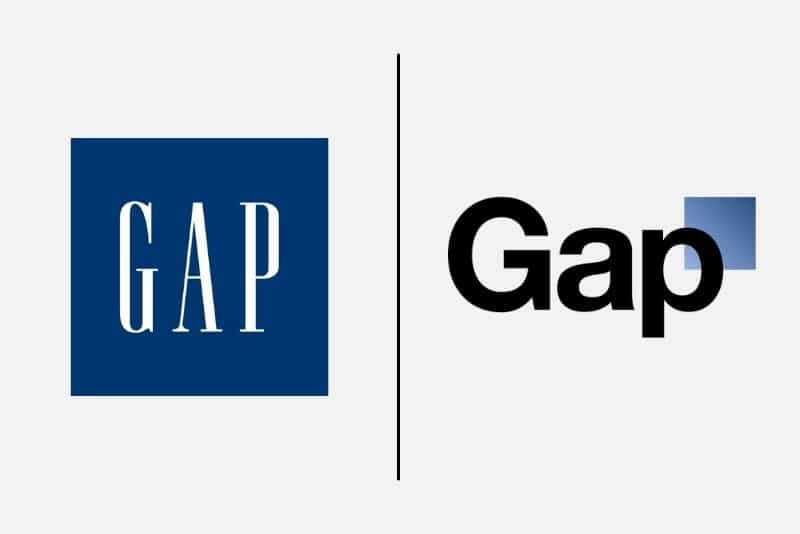
A single year—2010—and GAP’s fame took an interesting twist. They gambled on a logo update, trying to deck out in modern threads.
Consumers though? They didn’t RSVP to this fashion show. The logo, a staple woven into fabric of decades, was missed, its absence loud and clear.
Reacting, GAP reverted, stitching back the familiar. Financially, this brand relaunch mistake was a hit, a glaring red mark in the ledger, a strategic branding failure that preached a sermon: don’t fix what ain’t broke.
Weight Watchers: Misaligned Brand Identity Transformation
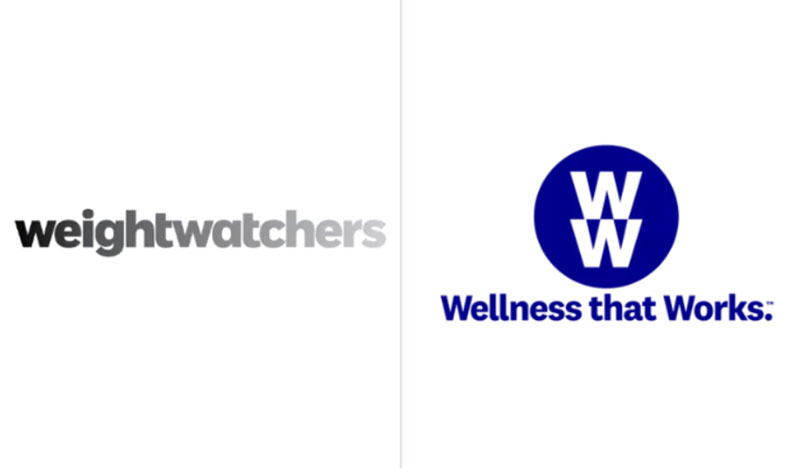
Finally, we talk Weight Watchers. Turning over a new leaf, ‘weight loss’ got swapped for ‘wellness’, a trend many nodded to.
The hiccup? A chorus of confusion, as voices chimed in, “Who are we now?” Members didn’t resonate, they bailed, memberships dwindled like sand through fingers—each grain a tale, a memory, a lost connection.
This moment was an unwritten chapter on brand evolution errors—a rebrand that taught more in its silence than in its fanfare.
Common Themes in Rebranding Failures
Lack of Market and Consumer Research
Alright, so picture this: jumping into a pool with no idea how deep it is. That’s how it pans out when brands skip the deep dive into market research.
It’s the pulse you need your fingers on. Ignore it, and well, you’re swimming with weights on.
Customer feedback? Precious. Without it, even a sleek rebrand comes off more like an ill-fitting suit. And we all know how that looks—awkward.
The risks of not tuning into consumer psychology are real, with the market’s unforgiving nature waiting to trip you up at the first false step.
Disconnection from Core Brand Values
Ever heard someone say, “They’ve changed, haven’t they?” That’s when a rebrand goes wonky. People fell for the brand’s original groove for a reason.
Toy with those core brand values, and the fallout is swift—we’re talking alienated customers, the kind who were ride-or-die until they didn’t recognize you on the dance floor anymore.
The trick to keeping it real? Weave in those classic fibers even when you don new threads. Brand heritage is the backbone, don’t stray.
Poor Communication and Implementation
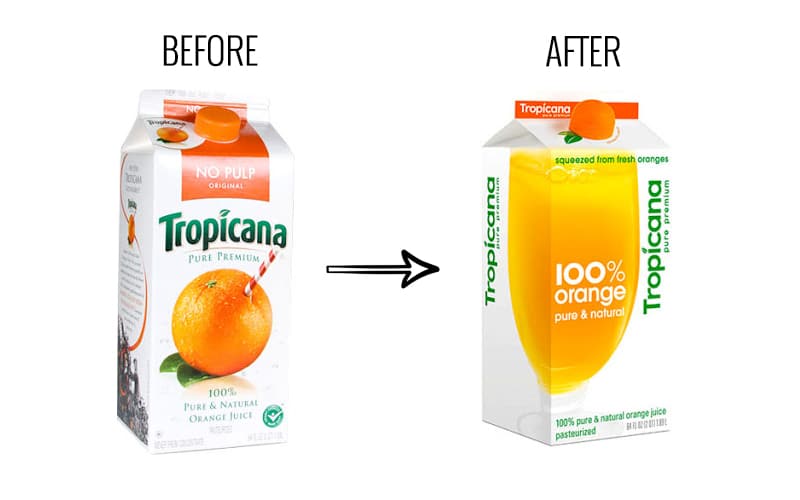
Let’s chat about talking. When a brand morphs, spinning that narrative clearly and concisely is key. Flub the message—cue the tidal wave of consumer backlash.
It’s like whispering in a hurricane; no one hears, no one gets it. Examples screaming from the sidelines?
Tropicana and GAP, each with their own visual identity commotions. Solid communication means doling out the Ws—Why, What, and Who—in a way that sticks.
Unrealistic Expectations and Hasty Decisions
Ever eyed that giant, ‘oh-so-tantalizing’ red button and went: “I’mma press it”? Rushing a rebrand’s just like that—tempting but dicey.
Sketched out brand strategy missteps magnify, and the wall you’re about to hit? It’s not padded. For a smooth sail, plot the course.
Success metrics? Sharp as tacks.
Timeline? Roomy. It’s a fine blend of real-talk goals and giving the painting enough time to dry. Storms hit when the rush overrules rationale, trust me.
Strategies for Successful Rebranding
Comprehensive Market and Audience Research
We’re digging for treasure, not just with shovels but with maps and compasses. Tools? Think surveys, social listening, behavior analytics.
It’s sleuth work to unearth what makes folks tick. Methods? Interviews, focus groups, you name it. Data paints the picture; insights mold the future.
We don’t just gather it—we pour it into the molds of our rebranding strategies, shaping something that resonates, something familiar yet fresh.
Like a remix of a classic track, it’s about hitting all those familiar notes while surprising with a new beat.
Maintaining Alignment with Core Brand Values
Keep it real; that’s the golden rule here. You’re refreshing your look, not swapping your DNA. The techniques are about weaving innovation into the fabric without tearing the seams.
It’s about that brand identity makeover without the identity crisis. How to balance? Listen to the legacy, then flirt with the future. Sure, dance with the new, but save a slow one for tradition.
Effective Communication and Stakeholder Engagement
Get the word out, but keep it clear—transparency is our megaphone. We draft the grand communication plan: here’s the what, why, and how of our brand’s new dawn.
Customers? Loop them in. Stakeholders? Keep them informed. It’s a party, and everyone’s invited.
Chats around digital watercoolers, mailers with personality—it’s storytelling, but the plot is our rebrand journey.
Setting Realistic Goals and Timelines
Rome wasn’t built on a caffeine binge, and neither is a solid rebrand. Steady, steady—plan your rollout in phases.
Let your goals be stars to reach for, not pie-in-the-sky dreams. And timing? We stretch it out like a good morning yawn—measuring success isn’t a sprint but a marathon.
Adjustments? Built-in. Flexibility is our sidekick in this heroic narrative of transformation.
FAQ On Rebranding Failures
Why do some rebrands fail spectacularly?
It’s a mixtape of reasons, really. Choppy brand strategy missteps, out-of-touch market research, or even a wild miss on consumer psychology.
Folks don’t always vibe with change, especially when a beloved brand identity switches lanes without signaling. It’s like serving sushi at a BBQ—unexpected and not in a good way.
What are the consequences of a failed rebrand?
Imagine your favorite coffee shop switches to serve only decaf—yeah, chaos. Consequences range from a public relations disaster to a steep loss of brand loyalty.
Marketing blunders can hit finances hard, sure, but the real punch is to the brand equity; that one takes time to heal.
Can a company recover from a rebranding disaster?
Absolutely. It’s about swift, transparent damage control. Reestablishing trust with your audience through sincere brand communication, assessing the feedback, and readjusting your sails.
It’s a marathon comeback, aided by an earnest brand audit and a hot cup of humility.
How should a company approach rebranding to prevent failure?
Slow and steady. Start with a comprehensive brand audit. Understand the why, then work on the how. Involve market research, know your audience, and foresee future trends.
Most importantly, maintain the core essence that’s earned you those nods of approval.
What are the signs that a rebrand isn’t resonating with customers?
It’s in the air, and it’s tense. Sales sloping downwards, social media buzzing with confusion, or a lack of buzz altogether. You’ll hear “Bring back the old logo!” more than you’d hope. That, my friend, signals an SOS from your brand transition.
How crucial is customer feedback during a rebranding process?
It’s gold dust. Sprinkle it everywhere. Customer feedback injects reality into the branding strategy dream.
It guides your steps, making sure you don’t trip into a visual identity crisis. Involve your audience; let them be part of the narrative—people dig that.
How does a poorly executed rebrand affect employee morale?
Picture your soccer team forgetting the game plan. Confusion spreads, morale droops. The corporate identity crisis affects your team’s pride and their belief in what you stand for.
In essence, they’re the brand ambassadors—so keep morale high, or you risk an internal rebranding backlash.
What’s the role of market research in avoiding rebranding failures?
Let’s call it your lighthouse. Market research spots the rocks, guiding your ship safely. It tells you what’s working, what’s not, and the whispers of the sea—what the audience craves. Skip this, and you might sail straight into an iceberg of consumer backlash.
Should a company revert to its old brand if the new one fails?
It’s a last-ditch save, and sometimes, yes, it’s the move. But don’t backpedal without a plan. Analyze what went wrong, engage with your audience, and if the outcry’s loud enough—make that return. But do it with grace, owning up to the misstep.
How do you measure the success of a rebrand?
Success isn’t just ringing cash registers. It’s the collective nod of approval, a seamless transition in public perception, and the resonating buzz of excitement.
Measure through engagement rates, brand recognition metrics, and sales, sure, but also through the stories—how well is your new narrative being received?
Conclusion
Stepping back, eyes peeled on what’s unfolded – it’s clear, the path of rebranding failures is trodden with intentions good as gold, yet sometimes, a miscalculated step resonates louder than success. It’s not just about swapping colors or flipping logos; it’s a gamble of brand equity, playing with the invisible threads tethering emotions to memories.
Outlined now, the mosaic of successful branding contrasts against these hiccups; it’s not shrouded in mystery. It’s a formula blending market research, a dash of daring, and an ocean of feedback. The recipe also demands a pinch of humbleness, because when the crowd speaks, a wise creator listens.
So what shores are there to seek? A horizon where brand identity and consumer heartbeats sync in rhythm. To get there—it’s crafting with care, launching with logic, and moving to the market’s beat. It’s diving deep, but surfacing with treasures, not just tales of what not to ink.
If you liked this article about rebranding failures, you should check out this article about companies that need rebranding.
There are also similar articles discussing rebranding questions, why HBO keeps rebranding, how to make a logo transparent, and how to animate a logo.
And let’s not forget about articles on how to trademark a logo, what is brand positioning, the evolution of logos, and rebranding strategies.
- Green Color Palettes for Designers To Use - 11 May 2024
- Digital Style: What Font Does Cash App Use? - 11 May 2024
- The Coors Light Logo History, Colors, Font, And Meaning - 10 May 2024




